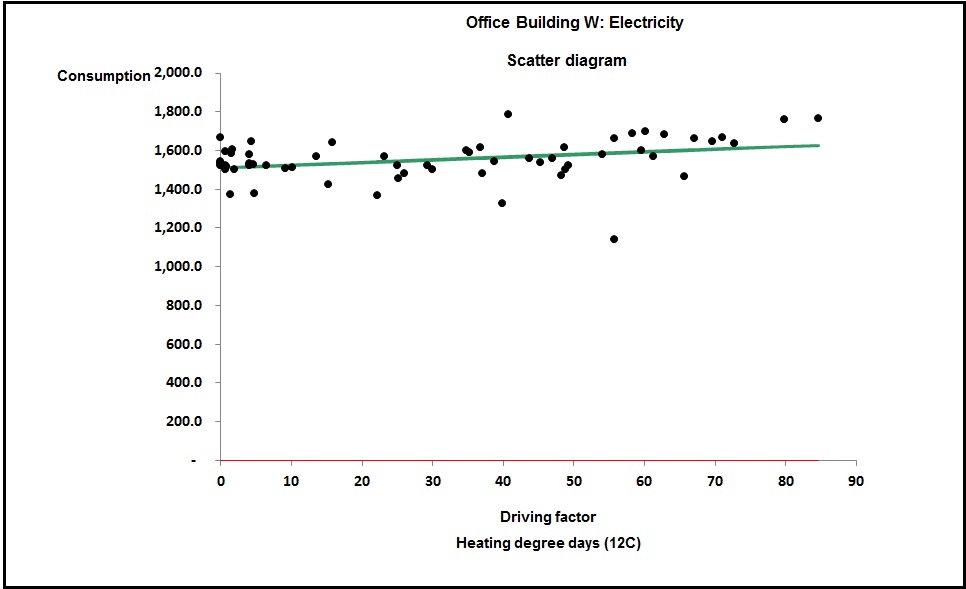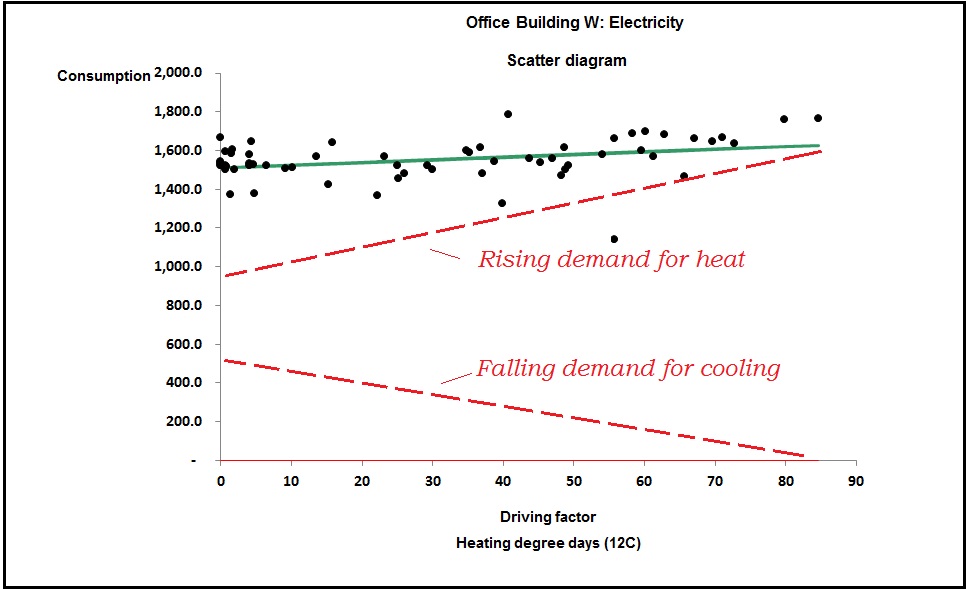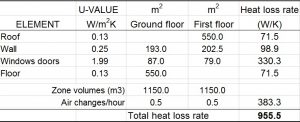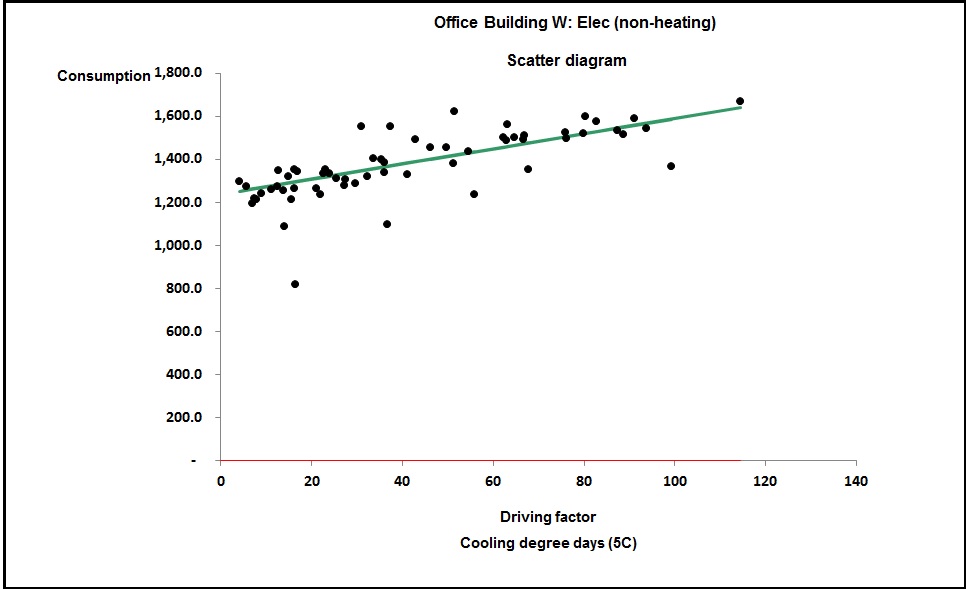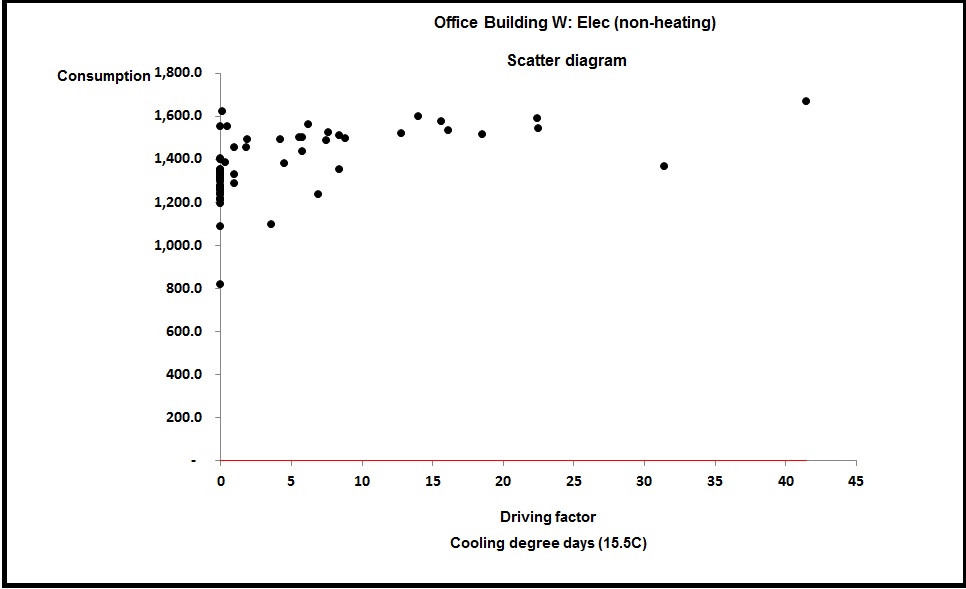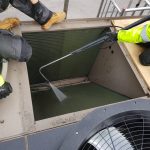Dateline 5 June 2023
Background
Under the terms of the Energy Savings Opportunity Scheme (ESOS) Regulations 2014, the UK’s large private-sector undertakings have to assess their major energy uses every four years to identify cost-effective energy-saving opportunities. They are then supposed to notify compliance through the government-appointed scheme administrator, the Environment Agency (EA), before 5 December 2023. Compliance must be assessed and ‘signed off’ by a registered lead assessor.
We’re currently in the third compliance period, reporting on energy audits—which may have been carried out at any time since December 2019—related to the participants’ assets and corporate structures as they stood on 31 December 2022.
The issues
A number of participants have completed their assessments, and had them signed off, but the EA has failed to open a notification system[1] because it plans to change some of the requirements. Some of the proposed amendments to ESOS are potentially onerous, notably the extension—from 90% to 95%–of the proportion of energy use that a participant must audit. For many, that will mean suddenly having to add marginal minor energy uses where the cost of assessment is disproportionate to any possible gains. Vehicle fuel is the classic example.
The EA has been issuing guidance to participants (most recently on 24 May 2023) which assumes that the ESOS regulations will indeed change before 5 December. Although likely, it is not certain that they will change[2], which could potentially lead to participants undertaking needless extra work. This incidentally puts participants’ energy auditors and lead assessors in a difficult contractual and commercial position. Strictly speaking the EA has no legal basis for the guidance it is currently issuing because it cannot guarantee that the regulations will change nor, if they do change, that they will be applicable to participants certified as compliant before the new regulations take effect.
As a separate issue, part of the guidance issued by the EA is a template listing information that participants will need to supply during the notification process once it becomes available. A substantial part of the information relates to matters such as the savings achieved since previous ESOS cycles, and assorted (in some cases dubious) performance metrics. This amounts to market research or impact assessment and responses to these questions ought to be voluntary since they are not at present stipulated as requirements of ESOS and there appears to be no provision for them to become requirements in any new regulations[3]. If treated as mandatory, they will further add to compliance costs.
Suggested actions
The prudent approach is to assume that Parliament will approve new ESOS regulations before 5 December and EA will force the issue, making them in effect retroactive and incidentally making the market-research questions mandatory part of the notification process. Whatever happens it is almost certain that new ESOS requirements will be in effect for the next compliance period, so the effort of setting up the necessary record-keeping and reporting now will not be entirely wasted.
However, to minimise the impact during the current ‘phase’ of ESOS I would suggest:
- Lobby against any revised regulations taking effect before 5 December 2023;
- If they do take effect, lobby for them not to apply to participants certified as having complied before the date that the new regulations become law;
- Lobby for the exclusion from the Notification System of questions related to market research or impact assessment.
Footnotes
[1] ESOS Regulation 8(1) obliges the Scheme Administrator to establish a Notification System but Regulation 8(2) allows it to make it available to participants only when they decide it is ‘reasonable’.
[2] The Secretary of State cannot at the moment even lay new ESOS regulations before Parliament; he lost the power when the European Communities Act 1972 was repealed. The Government is relying on the successful passage through Parliament of the Energy Bill (currently with the Public Bills Committee) to restore those powers and enable new regulations to be laid before Parliament and voted into law.
[3] The writer was unable to identify any specific provision in the relevant part (Part 10) of the Energy Bill
Link: Main article on ESOS


